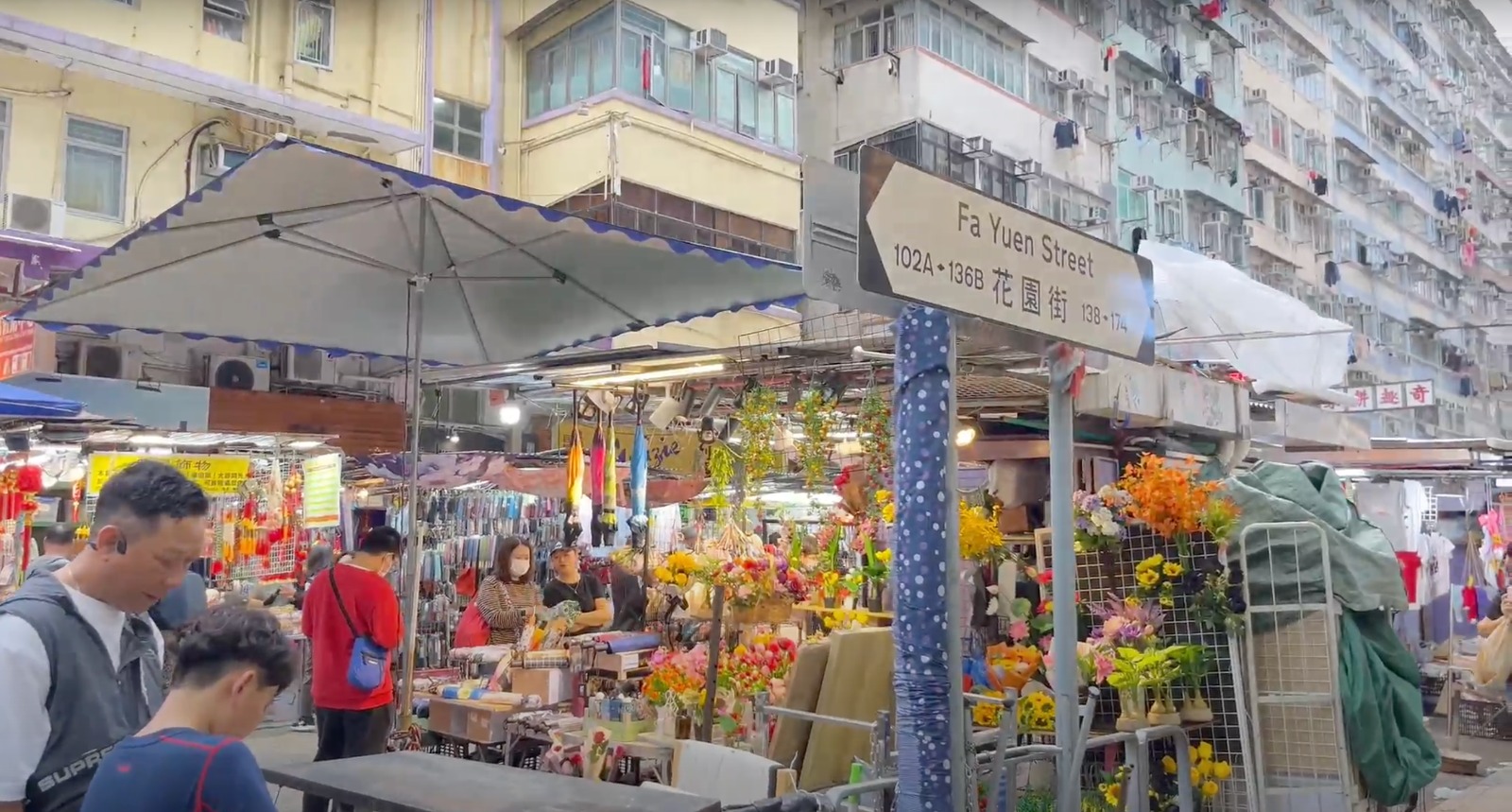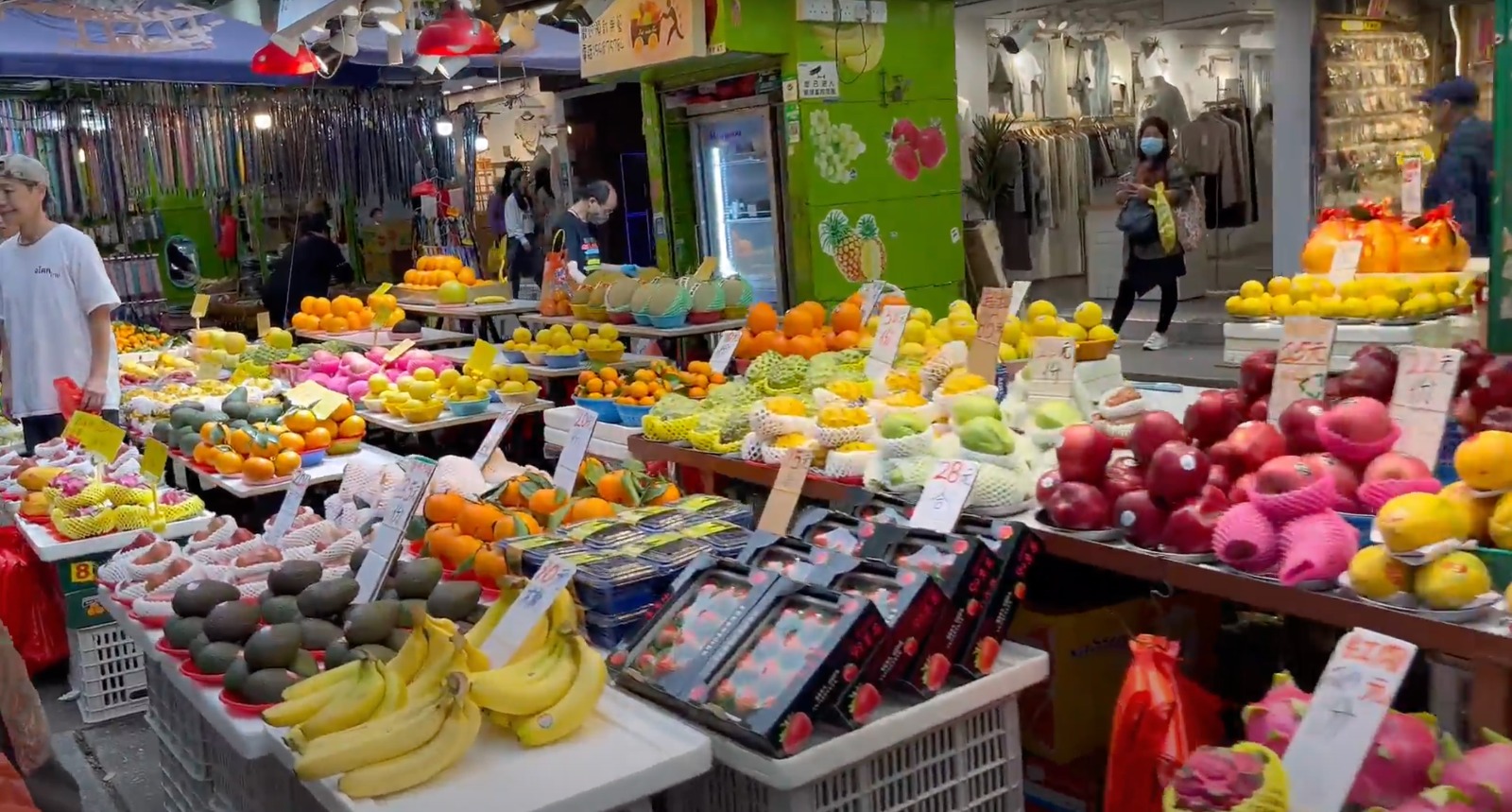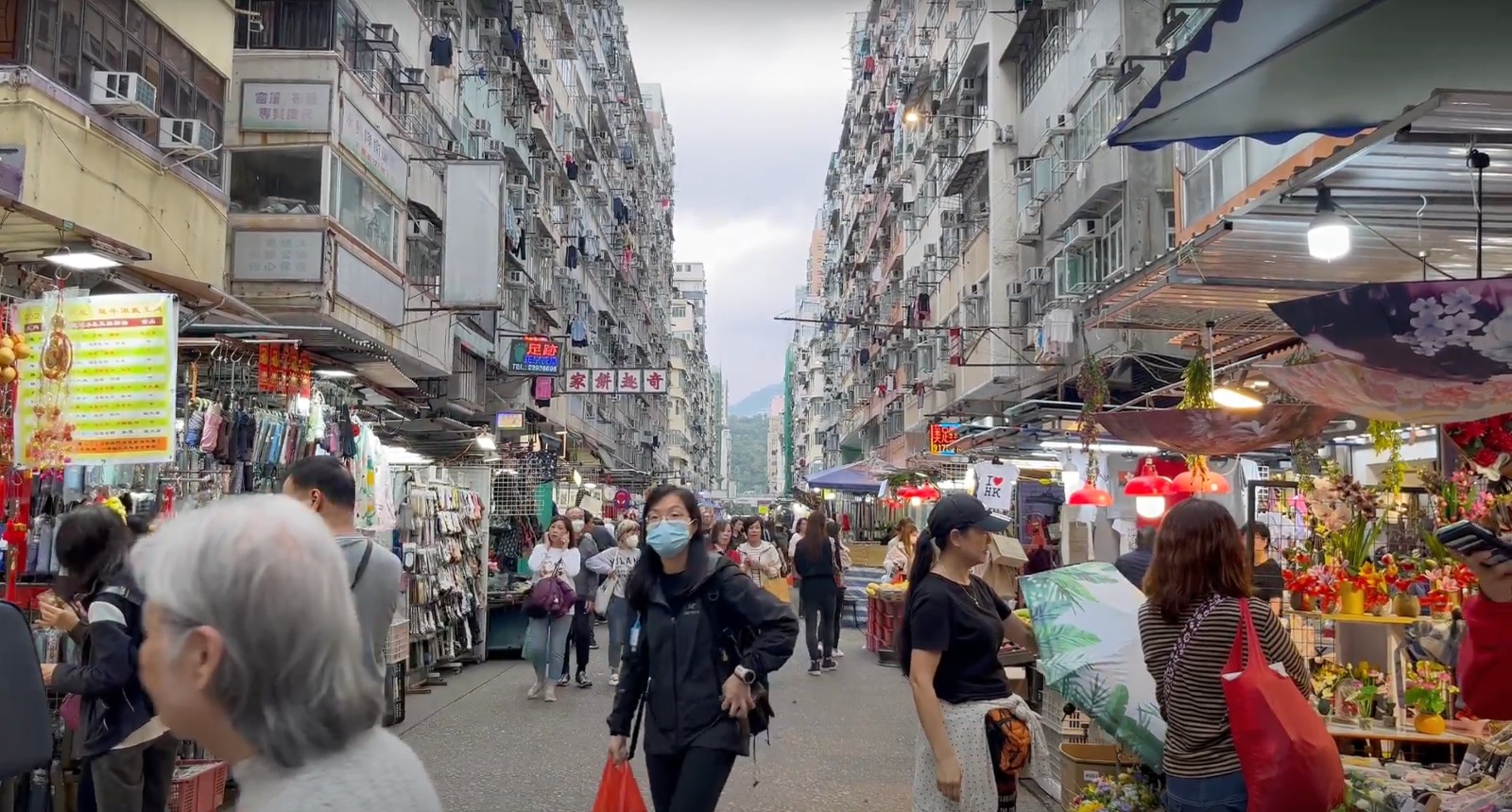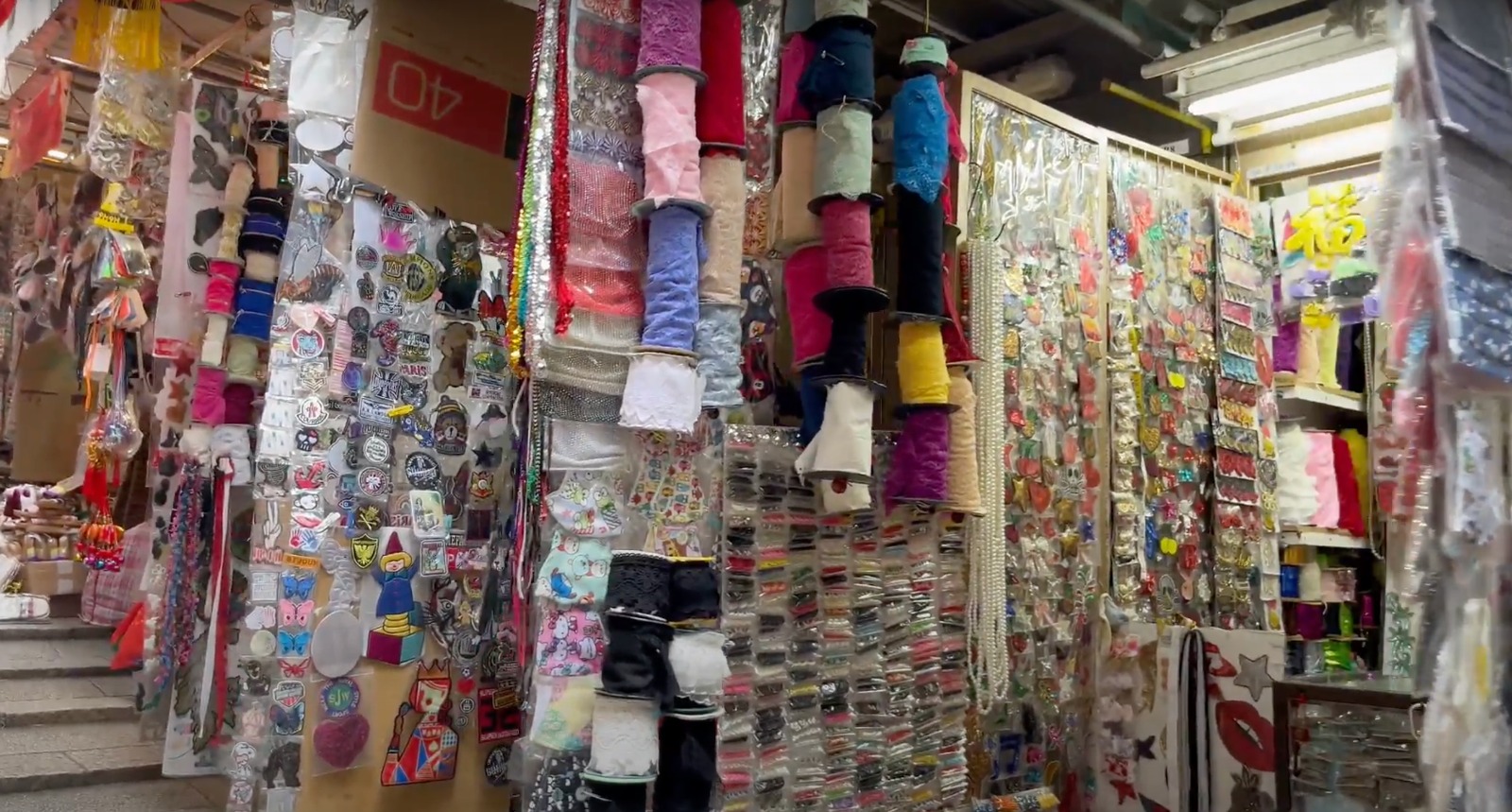Youtube Link: https://youtu.be/3LEyJdmo7Mc
We will delve into the Hong Kong monster film directed by Ho Meng-hua and explore the architectural significance of the locations featured in the movie. We’ll talk about the Hawker stalls that will probably disappear in the future in Hong Kong afterwards..
“The Mighty Peking Man” is a 1977 Hong Kong monster film directed by Ho Meng-hua, which was inspired by the classic King Kong story. The architecture in the film plays a vital role in shaping the narrative, creating a sense of awe and contrast. The film showcases the contrast between the untamed Himalayan wilderness and the urban landscape of Hong Kong, with skyscrapers, bustling streets, and Central Piers serving as backdrops. The architecture symbolizes human progress and the encroachment of modernity on nature. The climactic battle between the Mighty Peking Man and humans takes place on Jardine House, a skyscraper that highlights the vulnerability of humans within their constructed environment. The architecture metaphorically represents the clash between civilization and nature, the consequences of exploiting the natural world, and the hubris of mankind.

In this period of rapid urbanization in Hong Kong, Hawker stalls are showing a gradual disappearance.
Hawker stalls in Hong Kong are vendors of street food and affordable goods. For many decades, hawker stalls have served a purpose for the lower class to make a living in Hong Kong, allowing patrons to buy goods in a more affordable price and they are always easier to locate.

From selling clothes, daily accessories, and furniture to street foods, vintage snacks, dried seafood even fruit, you name it. It is more down-to-earth buying stuff in hawker stalls with a more reasonable price and convenient locations. As time flies, hawker stalls are now facing the challenges of vanishing.

First of all, urban planning and development might be the biggest reason behind. Governments may prioritise in building a regulated and tidy urban image. Then the hawker stalls will be restricted or even banned in these districts. Urban development projects, such as road renovations, or land redevelopment may also render existing street stalls unable to continue operating.
On the other hand, hawker stalls may not fit the health and safety requirements. Hawker stalls are more likely to face the problems of poor hygiene, as they work on the street, near the aqueducts. There might be cockroaches, mice, and more risks of spreading germs and diseases, especially zoonotic diseases. In order to continue operating a hawker stall, vendors must own specific licenses or pay high licensing fees, which appear to be kind of a troublesome for some hawkers.
Thirdly, the preferences of consumers might change, shift in lifestyles and working patterns, or even changes in income, so they might prefer eating and spending time in cafés, or fast-food restaurants, instead of having a meal in hawker stalls. Not only do consumers change, but hawkers also decide to pack together and starting to open stalls in local markets, such as Central markets or some other wet markets.

Last be not least, economic might be the last factors. For example, rising of rents, inflation, increased costs etc. Maintaining profitability may be gruelling for small-scale operators. Therefore, many hawkers might give up in operating stalls.
But how does it start? How does it change? In 1940-1960s, there was a migrant influx from rural China. Many of these migrants were unskilled and uneducated, so selling daily necessities such as food and clothing to those working classes was a great choice for them. At that time, hawking provided employment opportunities for them, there were an estimated 70000 or more street hawkers in Hong Kong in 1949. Moving on to the 1960s-1970s, the number of hawkers exceeded 300,000. Then to the 1970-2010, the number of hawkers declined due to regulations.
Hawker Control might or might not be affecting the most of us, but what about the vendors? The hawkers? “It’s almost gone now… and we’re the lucky ones already.” “The government needs to see that this is a cultural fixture of Hong Kong life for the past half-century”. Hawking represents a cities’ history; it reveals the beauty of a city.

But what else can we do? Efforts can be made to preserve and promote hawker culture, such as designating certain areas as “hawker-friendly zones” ,organising food festivals or even turning the hawking culture in a tourist spot, which can preserve the value of hawking but also bringing benefits for government.
Luk Sin Ching Icy, 3036227989
Jin Yawen, 3035945728
Google Drive Link for the Podcast:https://drive.google.com/file/d/1sVnCOMr7COAeE4F4_UZBaq76akyIGAKK/view?usp=drive_link